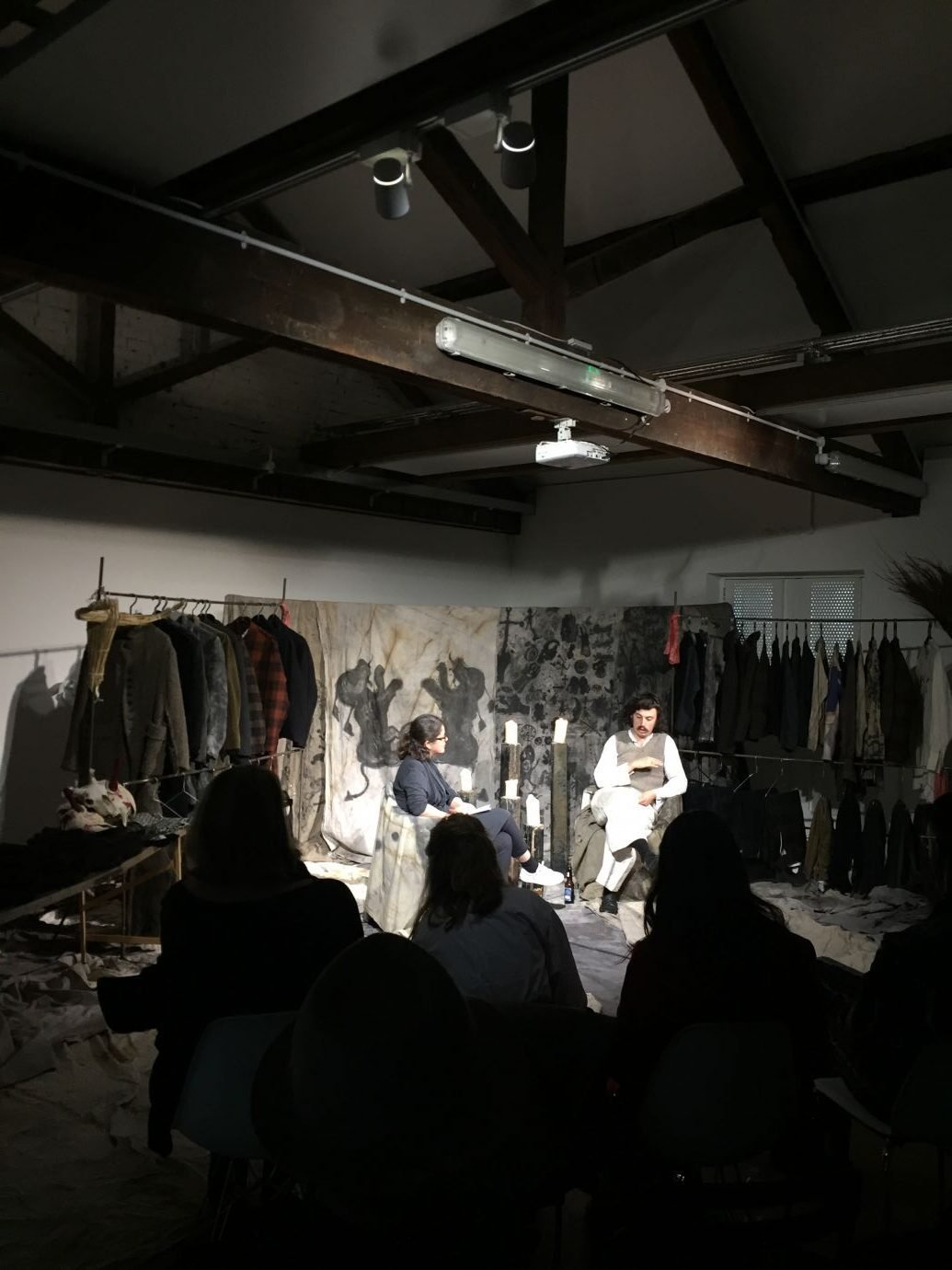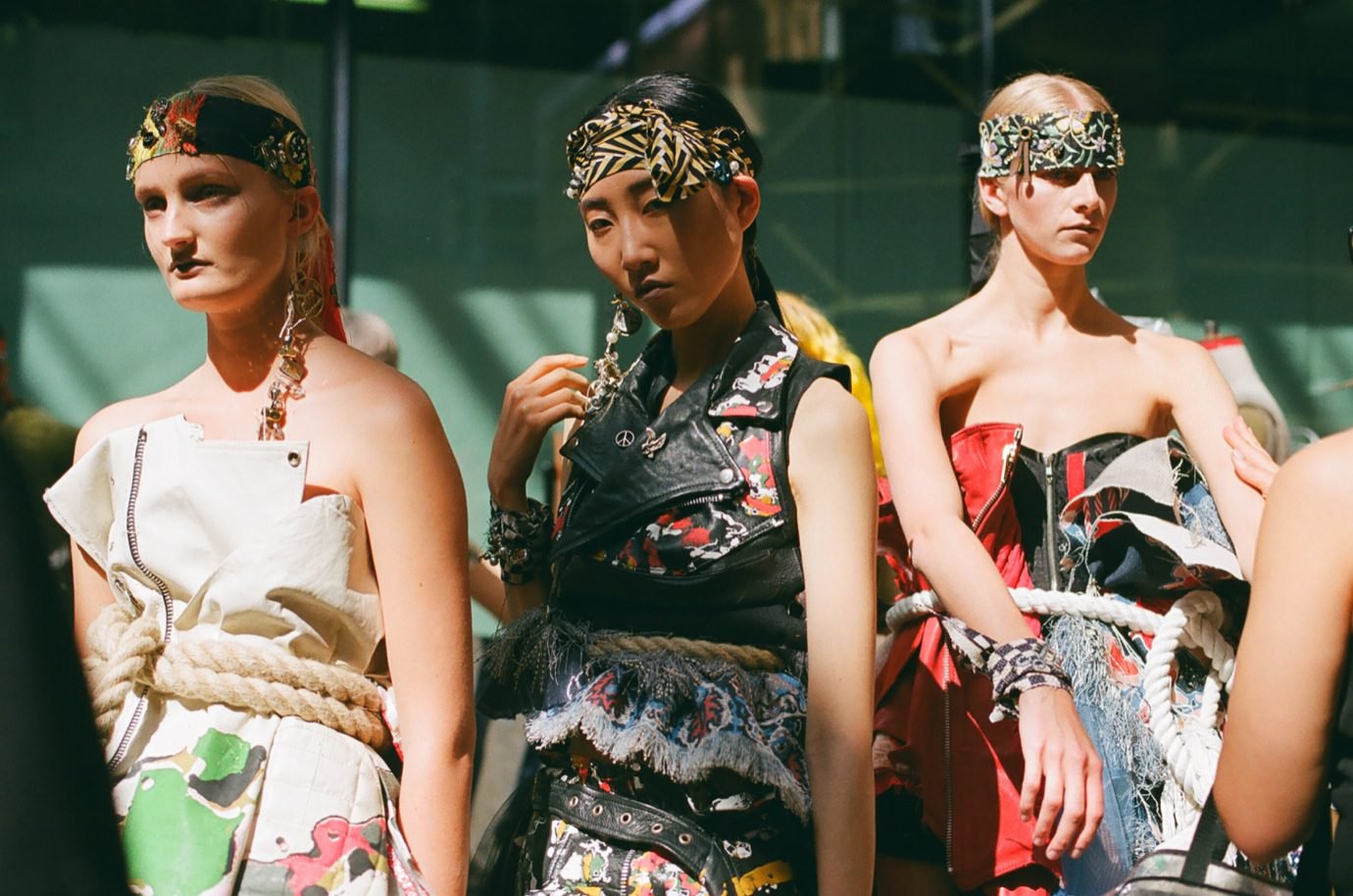FASHION WEEK, THEN AND NOW
In wider history – yet still little longer than the lifetime of fashion’s bobbed overlord Anna Wintour – fashion weeks have shape-shifted from languidly paced intimate sessions for the-less-than-1% of couture clients into high-budget, ever-accelerating spectacles pushing product to insatiable mass consumers.
Today, most fashion shows last less than 15 minutes, and while they have the power to transport an audience to another world in a blink-and-you-miss-it moment, the purpose of hosting high-budget spectacles is far less clear, with the lines between sales, art, branding, acclaim increasingly blurred.
“We were due, and were already in need of, another shift before COVID-19, but now it’s been forced,” experiential show producer Sara Blonstein says over Skype. While producing luxury experiences for more than 30 years, constantly tweaking show formats to reflect the socio‐political, economic, and cultural shifts of the moment, she has established
Blonstein as the main production company for the BFC.
COVID-19 should be a cultural, social, and economic watershed. “This isn’t just a tragic event or recession, this is a fundamental break in all sorts of aspects of culture and society,” Matthew Drinkwater, Head of the Fashion Innovation Agency (FIA) at the London College of Fashion, explains over Zoom. While the pandemic and the climate crisis are exacerbating pre-existing inefficiencies throughout fashion design, manufacturing, and supply chains, the flaws around fashion weeks have long been apparent.
While certain editors and stylists have long grumbled amongst themselves about busy show schedules, buyers profess the power of showrooms over the show, the odd designer has sporadically followed their own path, and critic voices have grown louder on the unconscionable environmental footprint of this travelling tradeshow, it’s taken a global pandemic for us all to stop and look at the flaws for what they are. Yet, it seems that once the coronavirus concedes, fashion’s approach will be far from radical.
“It’s time to free ourselves from the thinking that the old way is the only way” – Sara Blonstein
Blonstein only recently began to realise the potential of digital to elevate the experience of a show after seeing Marine Serre’s Radiation film. The producer quickly teamed up with the LA-based experimental multi-disciplinary studio Actual Objects, which collaborated with Serre to create the brand’s dystopian autumn/winter 19 habitat. “It’s time to free ourselves from the thinking that the old way is the only way,” Blonstein says.
Similarly, Alexandre de Betak, founder of Bureau Betak, the production agency behind shows and events across Paris, New York and beyond, declared in a recent interview that the time to reimagine the “very old machine” of fashion weeks was now. When the producers themselves are calling for change, recent announcements suggest that the big houses aren’t listening. According to a statement issued by Fédération de la Haute Couture et de la Mode on June 23rd, Paris Fashion Week will return in September for the women’s spring/summer 2021 shows.
“Nothing carries emotion like a real, live fashion show,” Pietro Beccari, president and chief executive officer of Christian Dior Couture, said during a Zoom-powered press conference earlier this month. The LVMH-owned megabrand detailed plans for a one-off audience-less Cruise show in July but promised to return to the traditional fashion calendar in September.
“The next few fashion seasons will spark a period of forced adoption, forced experimentation, and forced technological acceleration, because this is a time when everyone either has to try everything online or just not do it” – Matthew Drinkwater
For the foreseeable future, at least, fashion week will continue to straddle time and opportunity with one Tabi-toed foot in the familiar world and the other in tomorrow’s possibility. Led by Burberry this September, we will see fashion weeks that take place in the physical world – with the IRL experience elevated by digital opportunities – while any experience will be streamed for mass and global consumption.
“The next few fashion seasons will spark a period of forced adoption, forced experimentation, and forced technological acceleration, because this is a time when everyone either has to try everything online or just not do it,” Drinkwater agrees. “Over the coming eighteen months we’ll see what will work and what won’t, but the real opportunity to push beyond what we already know will not be seized.”









